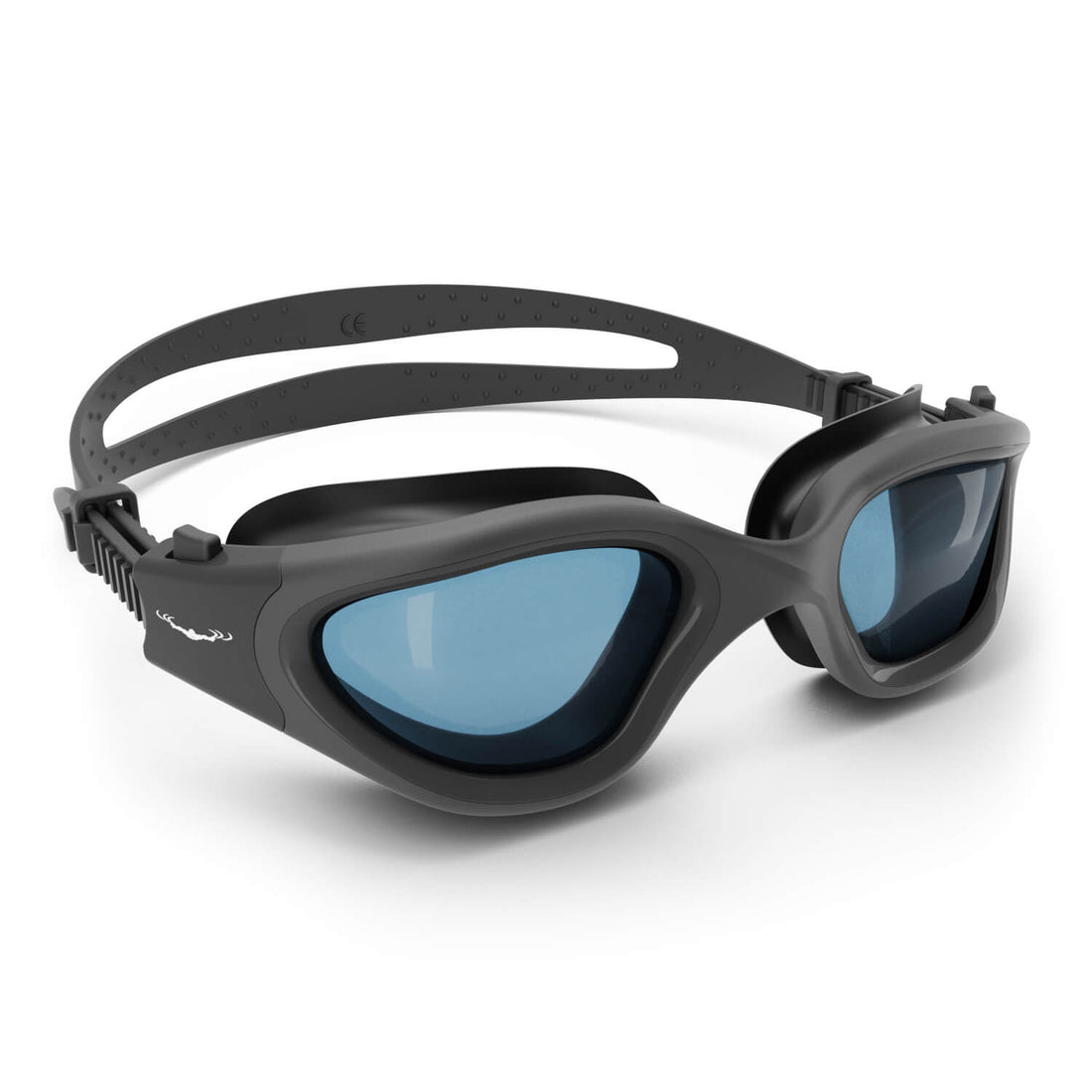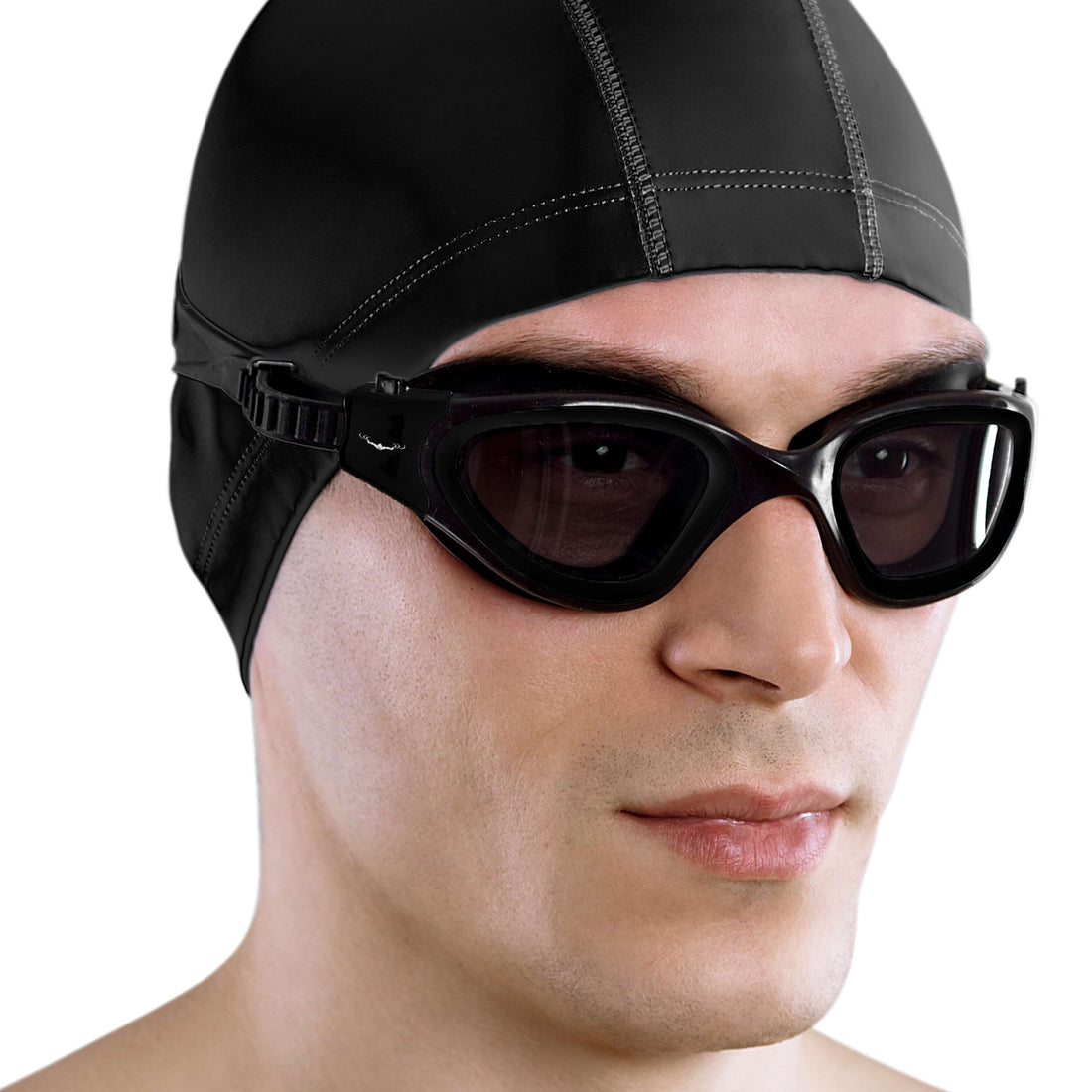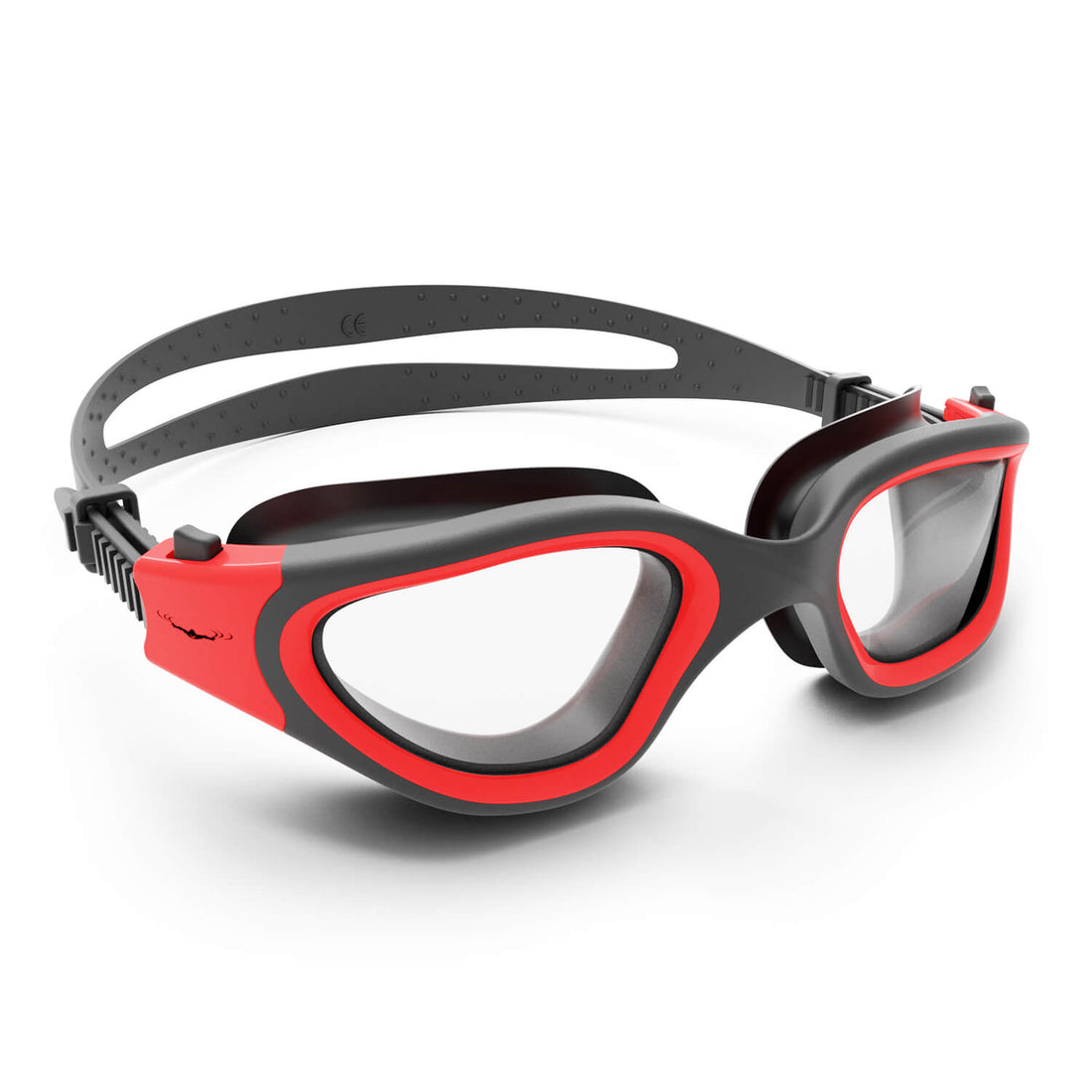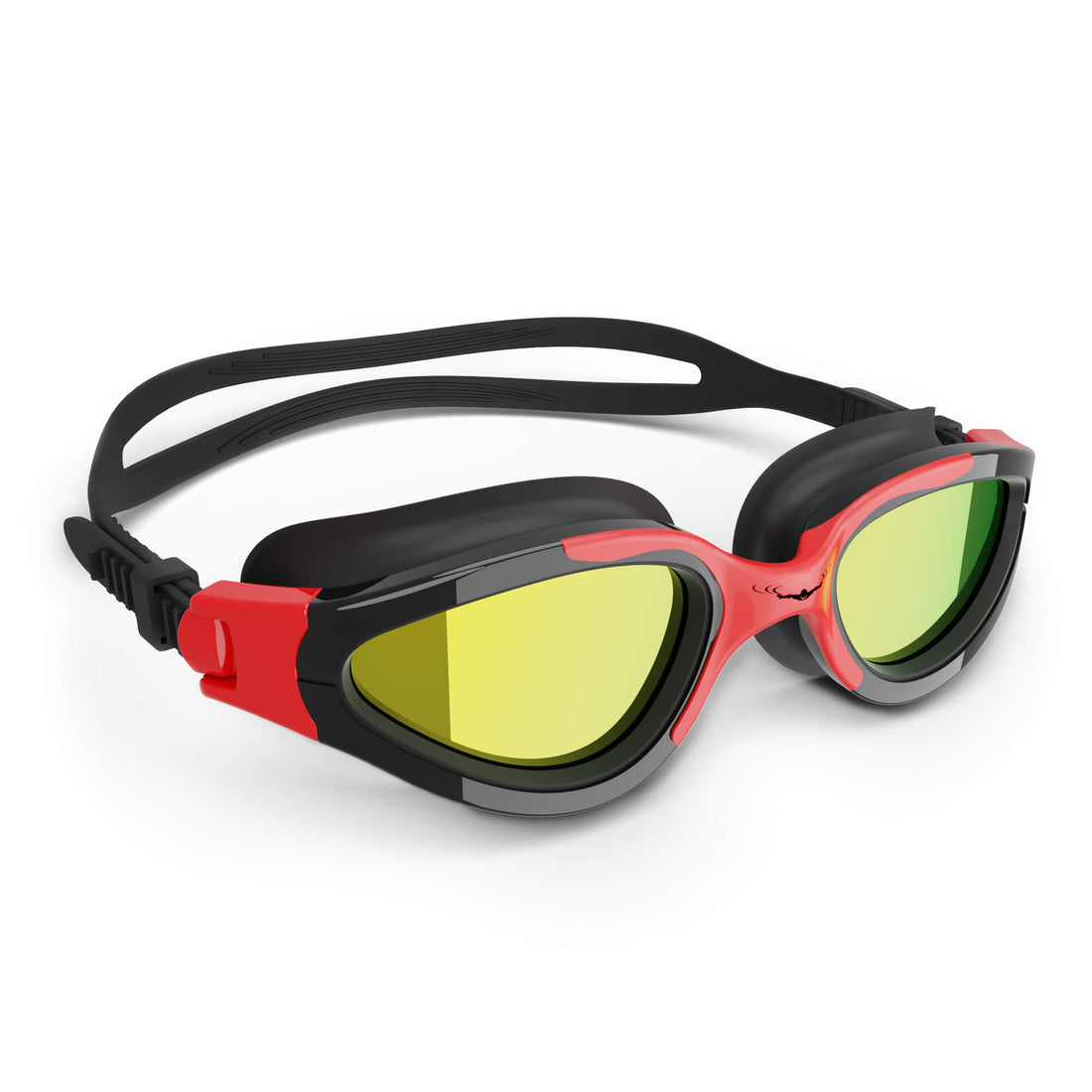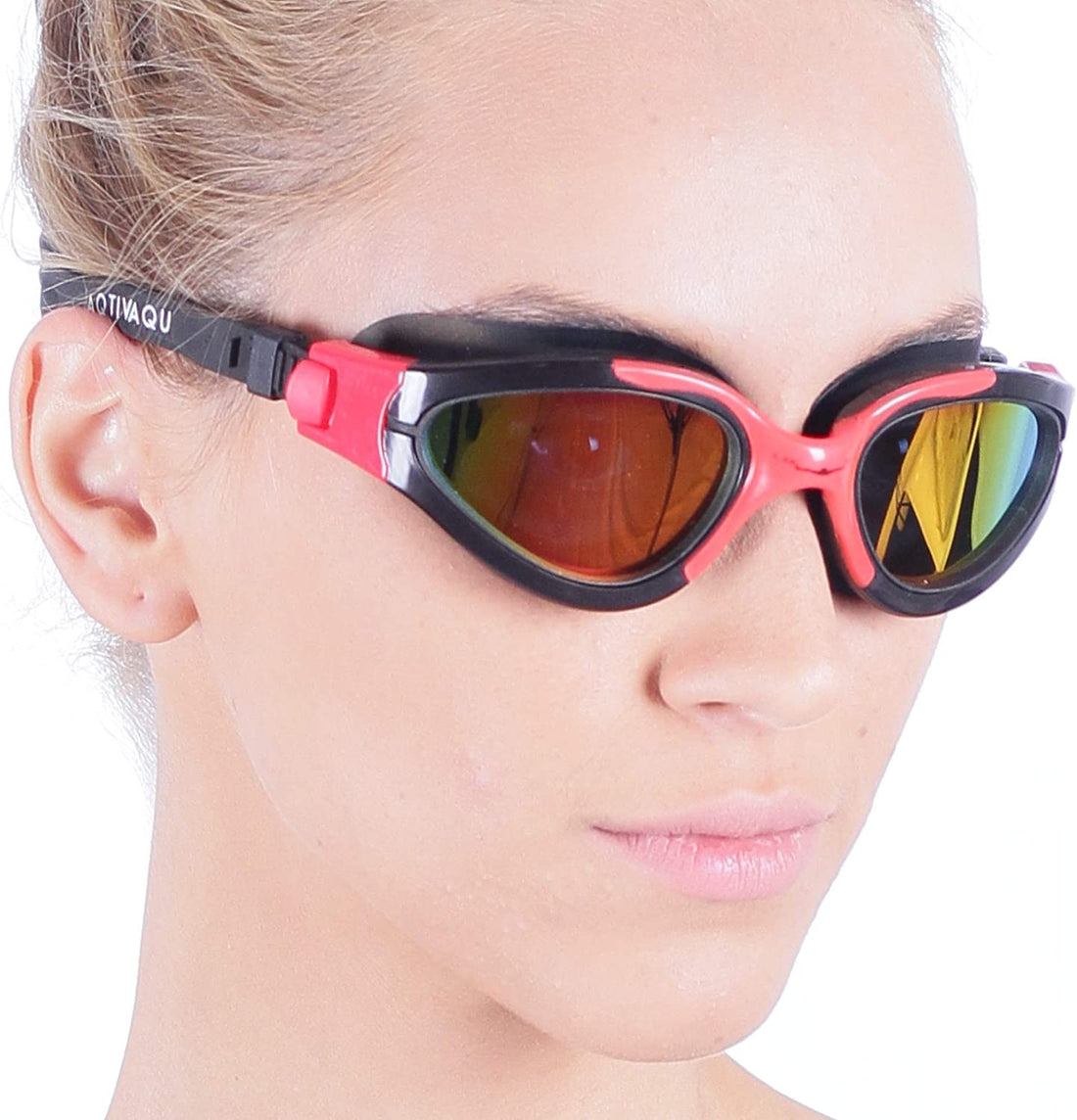When it comes to swimming, most of us are familiar with the refreshing sensation of plunging into a cool pool or lake during the summer. But what about those invigorating, icy waters that beckon to adventurous souls? Cold water swimming is not just for the elite; it's a trend that has gained momentum among explorers and thrill-seekers eager to take a dip in nature's brisk baths. Whether you're gearing up for an arctic plunge or simply want to dip your toes into cooler waters, read on for essential tips that will prepare you for this extraordinary aquatic experience.
Understanding the Benefits of Cold Water Swimming
Before we dive into the tips, let’s explore why cold water swimming is worth considering:
- Boosts Circulation: Cold water swimming promotes better blood flow, which can enhance cardiovascular health over time.
- Enhances Mood: Cold water exposure is known to release endorphins, contributing to a more positive mental state.
- Increases Resilience: The shock of cold water can help train your body to handle stressful situations better.
- Connects with Nature: Swimming outdoors gives you a chance to appreciate the beauty and tranquility of natural surroundings.
Preparing for Your Cold Water Adventure
1. Choose the Right Gear
Proper gear is vital for enjoying cold water swimming safely. Here's what to consider:
- Swim Caps: A warm swim cap can trap heat and make a significant difference in keeping your head warm. Choose from various materials, including silicone and neoprene, for the best insulation.
- Swim Goggles: Clear visibility is essential. Invest in good-quality swim goggles for adults that fit snugly to avoid any leaks.
- Swim Ear Bands: Cold water can lead to swimmer's ear. A pair of swim ear bands will keep your ears dry and shielded from the chill.
2. Acclimatization is Key
Your body needs time to adapt to colder temperatures. Gradually acclimatize by starting with short periods of exposure. Stand or sit by the water’s edge before you fully immerse yourself. This method allows your body to adjust its shock response, making it easier to enter the water.
Before You Dive In
3. Warm Up Your Body
Warming up before your swim is crucial. Perform light exercises or stretches to increase your blood circulation. This minimizes the initial shock once you hit the icy water.
4. Swim with a Buddy
Cold water swimming can be unpredictable. Always swim with a partner or in a group to ensure safety. Having someone by your side will not only make the experience more enjoyable but also provide assistance in case of distress.
Swimming Strategy
5. Enter Slowly
The sudden plunge into cold water can be a shock to the body. Instead of jumping in, try to ease in slowly. This will help regulate your body's response to the cold water.
6. Focus on Your Breathing
Cold water can induce rapid breathing due to shock. Concentrate on slow, steady breaths to help maintain your calmness in the cold. Breathing deeply can help your body adjust and improve your overall swimming experience.
Maintaining Comfort While Swimming
7. Keep Moving
Once you’re in the water, keep your body moving. Swimming strokes generate heat, preventing you from feeling too cold. Use strokes that you’re familiar with, as you’ll want to keep a steady pace.
8. Monitor Your Time
Familiarize yourself with your limits. It’s crucial to swim in short sessions at first—10 to 15 minutes is a good starting point. Gradually increase your time in the water as your body adjusts.
After Your Cold Water Swim
9. Warm Down
Post-swim, wrapping yourself in warm towels or wearing dry clothes will help prolong the benefits of your swim. Avoid staying in your wet swimwear for long; it can lead to discomfort and hypothermia.
10. Hydrate and Fuel Your Body
Cold water swimming can deplete your energy quickly. After your swim, be sure to hydrate and consume a warm meal or drink to replenish lost nutrients and energy.
Building a Community Around Cold Water Swimming
Finding likeminded adventurers who share your passion for cold water swimming can enhance your experience further. Consider joining local clubs or online communities dedicated to this exhilarating sport. Engaging with others can expose you to new locations, swimming techniques, and helpful advice.
FAQ: Swimming in Cold Water
Is it safe to swim in cold water?
Yes, it can be safe if you take the proper precautions and are aware of your limits. Ensure you swim with a buddy, have the right gear, and start gradually.
What temperature is considered cold water for swimming?
Water temperatures below 70°F (21°C) are generally considered cold for swimming. However, tolerance varies from person to person.
Do I need any special swim goggles for cold water swimming?
While regular swim goggles can work, consider goggles with a thermal seal to enhance comfort under cold conditions. Ensure they provide a good fit and prevent water leakage.
Adventure Awaits
Taking the plunge into cold water swimming can be a transformative experience, awakening a sense of adventure and resilience within you. While it comes with its unique challenges, the benefits far outweigh the difficulties. Whether you’re using swimming goggles, swim caps, or swim ear bands, the right preparation makes all the difference. Use this guide to get started on your cold water journey and embrace the chill like never before!



